The Difference Between Astringency and Bitterness
By Mariah Bourne
Every style of Japanese green tea boasts unique, complex flavor profiles and nuances that excite our feelings and senses. Astringency and bitterness are two sensations in Japanese green tea that are often difficult to separate by a novice tea drinker. Each is an important quality attribute that plays into the flavor complexity of tea, yet each has its controversies. Many of us are familiar with the taste of bitterness. But exactly what is astringency, and how does it affect how you enjoy your tea moments?
Bitterness is a taste, while astringency is feeling or sensation caused by tannins in certain foods. Some characterize the feeling as drying or sharp. Of course you can experience varying levels of this feeling. In Japan, Astringency is often thought of as “a pleasing bitterness,” and is a prized component that contributes to balancing the flavor of Japanese green tea. On the contrary, bitterness is less desirable and can be a marker of mass-produced, low-quality tea. Both are influenced by factors like growing conditions, cultivation practices, and growing techniques.
You can decipher the notes and flavors you enjoy the most and enhance your tea experience by learning the difference between bitterness and astringency.
What is Bitterness?
Separating bitterness from astringency in tea can be difficult at first. However, the way they each interact with our receptors and nerves is quite different. To get a better grasp on bitter flavors without astringency, think of the taste of very dark chocolate or the sharpness of mustard.
As one of the five basic tastes along with saltiness, sweetness, umami, and sourness, bitter foods were warning signs of potentially poisonous or toxic foods for hunter-gatherers. Some green teas produce a bitter flavor from high levels of substances called polyphenols, particularly tannins, as a defense mechanism against insects and pests.
Bitterness in green tea is often misunderstood. Generally speaking, intense bitterness is a marker of low-quality tea, but slight bitterness is not always a bad thing. Different levels of bitterness are desirable depending on the style of tea as well as your taste preferences.
For centuries Japanese tea growers have centered tea cultivation and processing methods around making tea less bitter. Approaches like growing tea in higher elevations and harvesting young leaves during the spring can mitigate the bitterness.
Along with processes, the quality of your leaves and how you brew your tea also greatly affects bitterness. Whole, intact tea leaves slowly release tannins, while crushed or broken leaves release them quicker, heightening your chances of an overly bitter brew. By manipulating water temperature and time and choosing high-quality tea leaves, you can determine what level of bitterness (if any) is most desirable to you in your brew.
What is Astringency?
Probably the largest misconception when describing astringency is assuming it has to do with taste. In reality, astringency is actually a drying feeling in your mouth. When you feel astringency, polyphenols like EGCG and tannins react with your saliva and nerves in your mouth, tongue, cheeks, and throat, producing a drying physical sensation. To experience astringency without bitterness, try eating a green apple or any unripe fruit and pay attention to your mouthfeel after.
The beauty of astringency is its ability to hold the power of flavors on your palate. Astringency intensifies with each brew, extending the perceived duration of each flavor. Similar to bitterness, various factors influence the formation and level of astringency in different styles of green tea.
Astringency is a subjective feeling that is similar to an acquired taste. Teas of all grades and qualities come with diverse levels of astringency. High astringency teas can leave a texture in your mouth that many find unpleasant. But just like flavor and aroma, a desire for astringency is really up to your preference and what tastes best to you.
Basic Astringency Categories
There are many astringency categories, but most teas fall into one of these four:
- Stimulating: Teas with stimulating astringency are most desirable and cause a unique sensation many tea drinkers seek. Stimulating astringency makes your tongue water and feel dry simultaneously, leaving your palette cool and dewy.
- Neutral: Neutral astringency is very common. Your mouth will feel dry, but many tea connoisseurs find neutral astringency appealing. Almost any tea can be made with a neutral astringency.
- Clean: Unique to Japanese green teas, this astringency is identified by its refreshing, dynamic, organic taste.
- Rough: Rough is the least desirable astringency and leaves you with a dry mouthfeel that can be uncomfortable and unpleasant to most.
What Affects Astringency and Bitterness?
Several essential factors influence and control the formation of astringency and bitterness in Japanese green tea. A few include:
- Tea varieties: Every style of tea is produced differently and has distinctive flavor profiles, nuances, and aromas.
- Processing techniques: Different processing techniques like harvesting time, methods, and shading affect the astringency and bitterness of your tea. Younger leaves and tea picked during spring harvests are generally less astringent and bitter than those picked during summer and fall harvests. Whether or not tea is shaded and for how long also determines astringency, as tea leaves that absorb more sun have more polyphenols and tend to be brighter in astringency – deliciously refreshing! Shade grown teas tend to be more mellower, smooth, and deep.
- Growth environments and cultivation practices: Almost every aspect of a tea plant's growing process is affected by elevation, including pest control and flavor development. Volatile environments that are warm and humid with more insects often produce bitter, astringent tea because of the plant’s need to create more polyphenols as a defense mechanism. Cultivating tea at higher elevation levels results in more complex flavors, smoother textures, less bitterness, and less astringency.
- Brewing methods: Manipulating how you brew your tea will also bring out different flavors and nuances in each cup. The length of time you steep your tea, how much tea you use, and the water temperature can all affect how bitter and astringent your brew will be.
Japanese tea growers have mastered the art of cultivating green tea that exudes desirable qualities through growth strategies, brewing methods, and processing techniques. Astringency can balance the complex flavors of many styles of teas, but too much can leave an unpleasant mouthfeel. Bitterness, on the other hand, might be welcomed by some but is generally undesirable.
At the end of the day, the level of astringency and bitterness you enjoy comes down to your preference for feelings and flavors, and your mood might change depending on the time of day. You might love a sunny sencha in the morning, or a smooth and deep matcha in the afternoon. Try a variety and see what you enjoy!


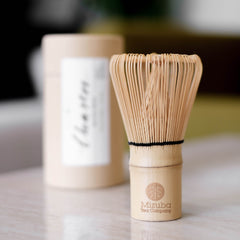

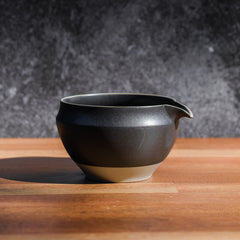
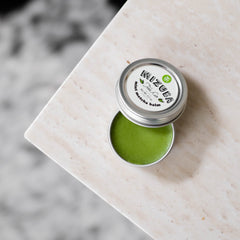
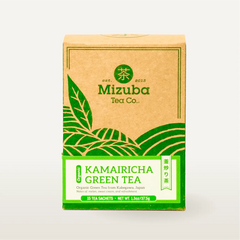
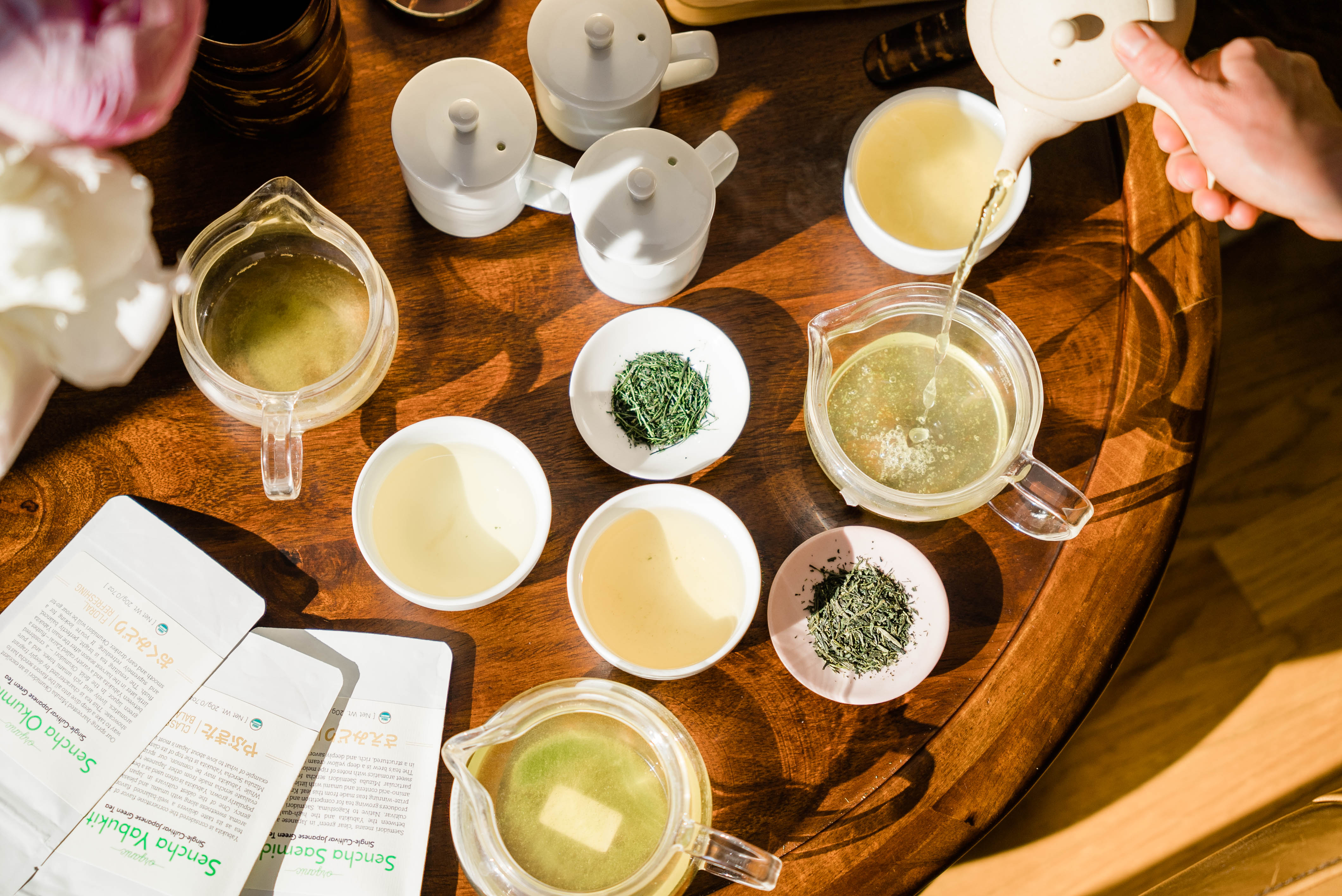




Leave a comment